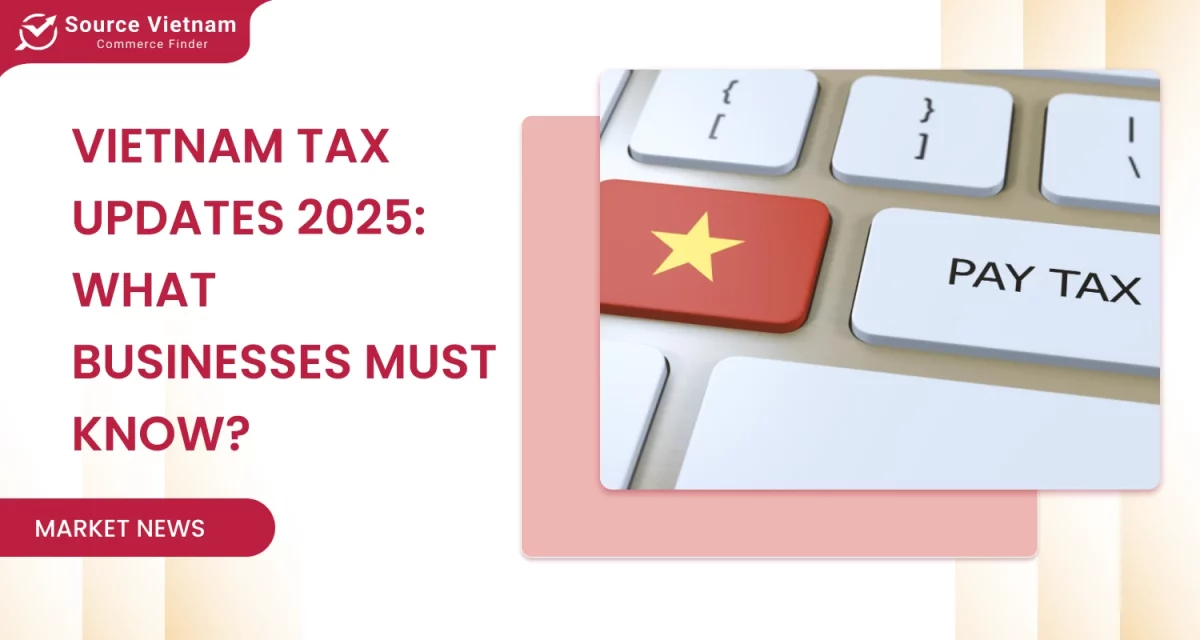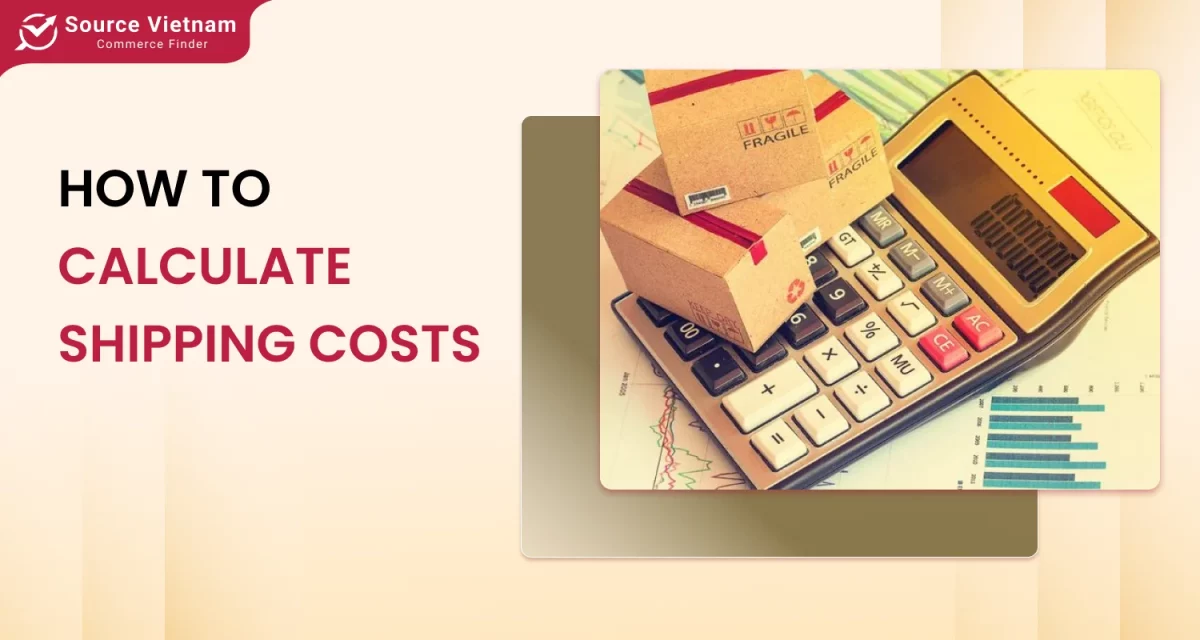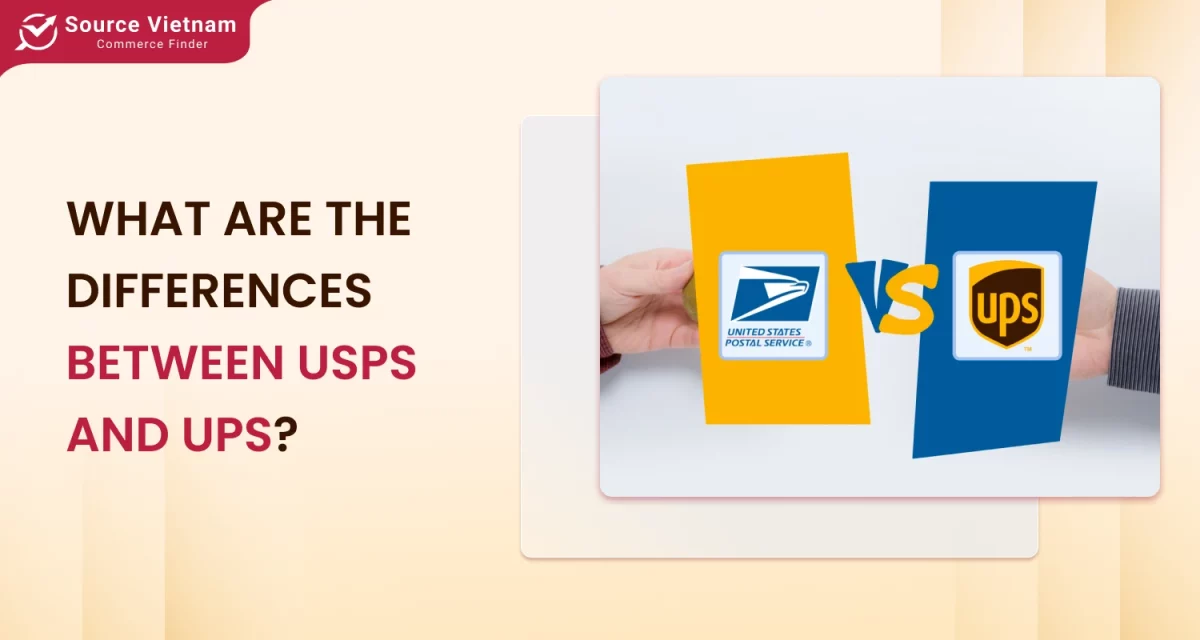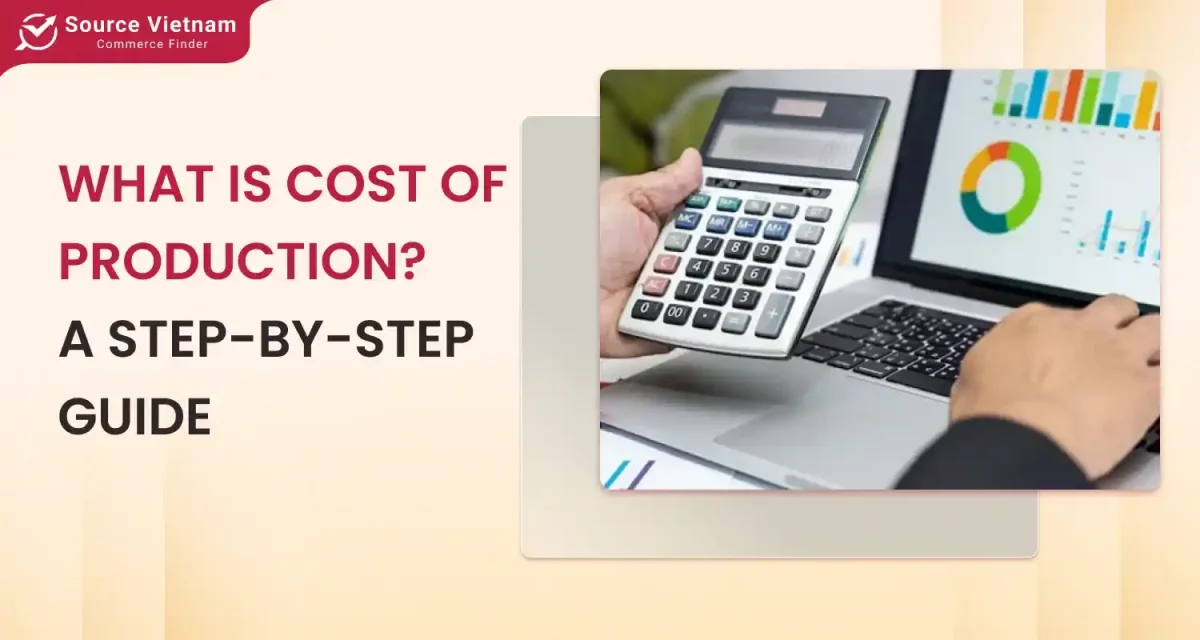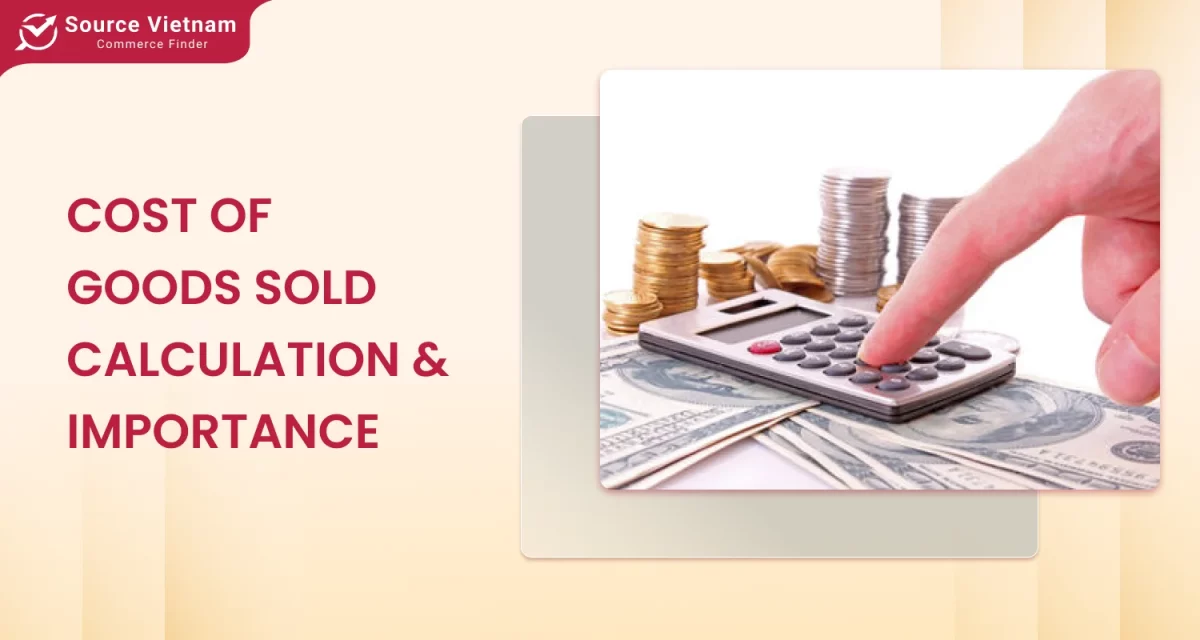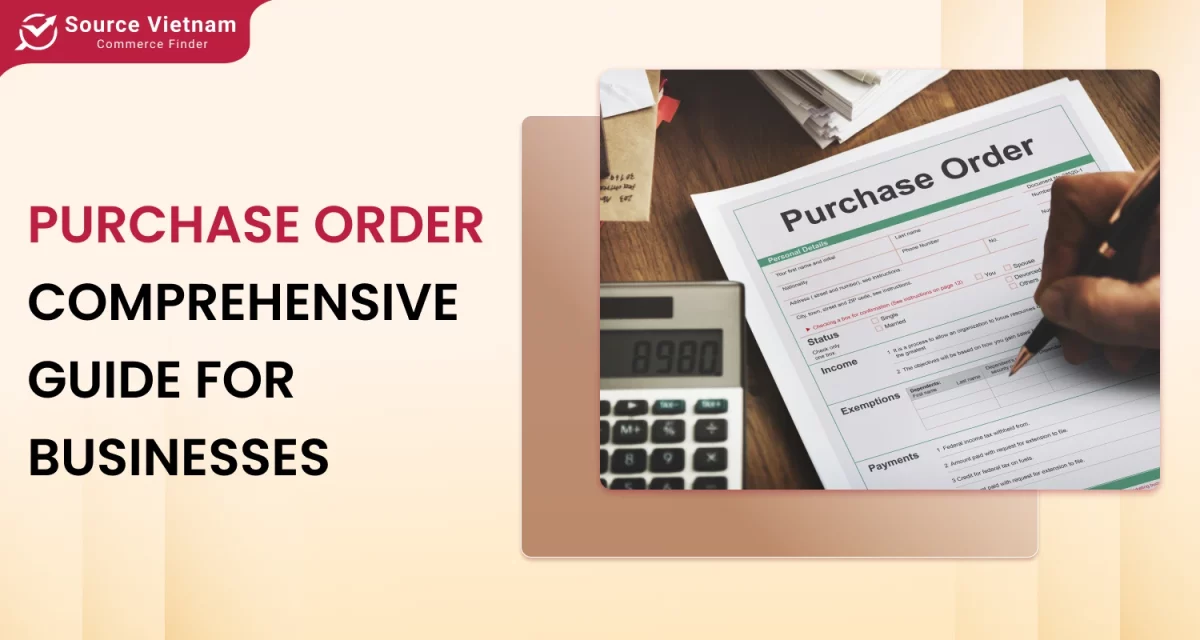Competitive pricing strategy varies a lot. Depending on your business objectives, you can choose one from price matching, undercutting, premium pricing, etc methods. These strategies bring both pros and cons, thus you should carefully consider one that is best suitable for your practices.
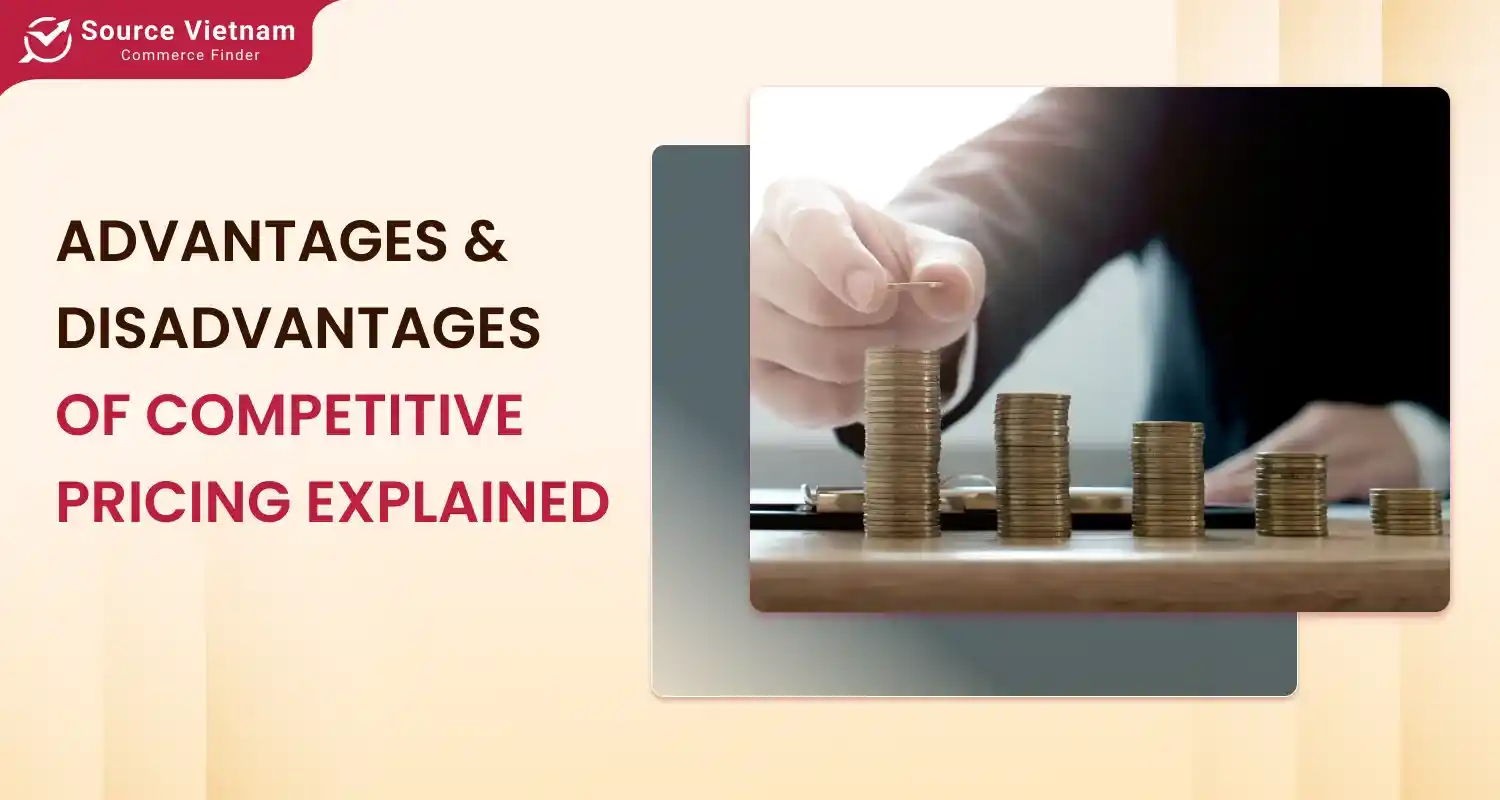
Pricing strategies are not basically like slapping price tags on products, there’s a lot more to it. To beat your competitors out there, you should learn about what is competitive pricing strategy?
What is a competitive pricing strategy?
A competitive pricing strategy is setting prices for your products or services based on how much competitors charge for similar ones. Both you and your competitors produce the same products. Customers inevitably visit others if your price is higher. From that situation, you should consider the price carefully before launching products by referring to all rivals in the market.

Purpose
The outstanding purpose of pricing strategies is beating your competitors, attracting more customers, and winning the market competition race. With a more reasonable price, customers obviously buy your products and use your services, leading to a higher market share, stable market position, and various price-conscious customers.
Market research
You should conduct a thorough pricing analysis to gain the best result from these strategies. During this phase, you focus on your competitors within the same industry, figure out how much their products cost, and don’t forget to pay attention to customer expectations. These elements will lead you to a fairly suitable price that you can put on your products.
6 Types of competitive pricing strategies
There are different ways to differentiate a competitive pricing strategy. Different specialists have their own ways of naming certain strategies they apply for their business. With many competitive pricing strategies, Which one is right for your business? Let’s explore these main methods:
- Price matching: This strategy revolves around checking your competitors and defining how they charge their products. After knowing the detailed price range, you analyze the cost of producing your products the fixed and variable costs. Finally, you can adjust your prices to be more competitive than competitors by lowering the profit margin slightly.
- Price-matching guarantees: This sub-strategy goes along with the price-matching strategy above. After launching products, you should offer your customers the best deal in the market. Within this step, you show the reasons why customers should buy from your brands, aiming at the same quality but lower prices. Furthermore, you must prove your readiness to adjust the price if there’s a better deal on the market.

- Undercutting: This strategy requires you to set prices slightly lower than competitors. By applying this one, you focus on attracting customers by providing them with a better deal. Moreover, you must ensure that your deal is difficult for competitors to keep up with.
- Loss leader strategy: You sell products at a price below its cost to attract huge numbers of customers. You accept losing a certain range to increase foot traffic, leading to cross-selling opportunities. This strategy creates buzz attracting customers who finally buy products at regular prices.
- Premium pricing: This strategy is known as prestige and skimming. Your price is set significantly higher compared to almost all competitors. The final purpose aims at creating brand perceptions as an exclusive, higher quality, or even luxury product

- Going-rate pricing: If you’re one of the key players in a monopoly industry, you should use this strategy to maintain market stability. Airlines, shipping lines, petrol, telecommunication, etc are some major industries that require the application of going-rate pricing.
Read more: What Is Contract Manufacturing? A Complete Guide for 2025
Advantages and disadvantages of competitive pricing
After reaching out all basic knowledge about this strategic management. Let’s head for weighing the pros and cons of competitive pricing:
| Advantages | Disadvantages |
| Gaining market share for businesses | All brands try to lower prices and finally get diminishing profits, leading to price wars. |
| Attracting customers who are sensitive to prices | Leading to a perceived value of lower quality or unsafe-to-use products. |
| Providing your business with a competitive advantage outweighs competitors | Leading to reduced profit margins without managing costs well. |
You should consider these advantages and disadvantages of competitive pricing to get the best result from it:
Advantages of competitive pricing
- A competitive pricing strategy can help your business gain more market share by attracting many customers who are always looking for the best deal. These customers quickly respond to price changes and prioritize buying cheaper products.
- When customers find the same products sold at lower prices, they’re likelier to choose the cheaper ones. By using pricing strategies, you can reach out to more potential customers, draw their attention, and make them your end users.
- Lower prices can be considered your brand’s competitive advantage in a crowded market with such tense competition. By strategically setting prices to match or undercut competitors, you can differentiate your brand and gain a higher position within cost-sensitive customers’ minds.

Disadvantages competitive pricing
- You can set your price lower, and your competitors can do this. All players try to lower the price to outweigh others, finally resulting in an ongoing cycle of price reductions and diminishing profit margins.
- If not managed carefully, the price keeps lower and lower. Then your customers will question about products’ quality. People may consider your goods unsafe to use, or the ingredients are sourced from unreliable places, so the price could be cheap like that. It’s an adverse effect.
- Attempting to lower the price without considering the fixed costs, you may fall into significant losses and even bankruptcy when you cannot handle operating expenses. Thinner profit margins may hinder your business’s investment in R&D, marketing, and production processes. Finally, you’ll find yourself stuck and cannot develop further.

Impact of competitive pricing on consumer behavior
You should know how competitive pricing influences consumer choices and their behavior toward your brand before applying any strategy:
It’s essential to carefully explore the impact of competitive pricing on consumer behavior before applying any strategy. These methods significantly influence customers who have great price sensitivity. They prefer cost-saving options. If you satisfy this group, you can also increase the sales volume and customer base.
A competitive pricing strategy can lead to both positive and negative value perceptions. These strategies are “double-edged swords”. While lower prices may attract cost-saving customers, they also result in the consideration of lower quality. With this situation, marketing and branding should jump to help maintain your brand’s value while emphasizing your competitive advantages.

When customers have so many choices, they tend to choose the option that brings them the best deal. Standing before similar products, people may assume they have the same function and inevitably get the cheapest one. Competitive pricing allows your business to tip the scales, leading to higher sales volumes and market share.
More and more advanced price comparison tools empower customers to know the selling prices of different brands and then figure out the best deal they should get. These tools bring transparency, forcing all businesses to stay competitive to win customers’ hearts.
Competitive pricing vs. value-based pricing
Both competitive pricing and value-based pricing are methods businesses need to use before reaching out a price charging their products. So competitive pricing vs. value-based pricing: Which is better? Below is some essential information you should know to find out the answer:
- With value-based pricing: Here, you have to price it according to the perceived value of your product without considering the cost of its production or the competitive sets of prices from competitors. Now, value and quality are the core elements you focus on keeping your brand distinguished from others.
- With competitive pricing: This is a very simple strategy wherein you determine the price of your product or service based on the common prices of competitors. You find out what your competitors charge and price your products competitively.
Competitive pricing is based on competitors’ prices, leading to lower profit margins. In contrast, the other is based on customers’ perceived value and may aim for higher margins. The former attracts more cost-saving customers, while the latter works well with customers who care for added value.

Examples of competitive pricing in the economy
To help you understand these essential pricing strategies, below are some suggested examples of competitive pricing in business. You can take reference from them, reflect on your business ability, and consider which method works well within your condition:
Retail Industry
- You can see that supermarkets frequently apply competitive pricing by matching prices on regular goods like eggs, bread, milk, etc. They do this to make customers believe that they’re offering good deals. Cost-sensitive users will visit their place more and gradually become their loyal customers.
- Many online retailers, like Amazon, Shoppe, TikTok Shop, etc, offer appealing vouchers and significant discounts to compete with brick-and-mortar stores during the holiday season. These strategies allow them to extend their customer base and beat all competitors out there.

Technology Industry
- Compared to the iPhone, Samsung and Xiaomi often apply competitive pricing strategies to attract customers who want to use high-quality devices but have a limited budget. These key smartphone players keep driving more and more innovative options to provide customers with various choices at various price ranges.
- Software giants like Microsoft and Adobe are direct competitors that always try to gain higher market share by offering competitive subscription plans. At the same price points, they provide users with various services. Customers inevitably choose which one brings them more advanced and diverse functions.
Conclusion
In summary, you should know what is competitive pricing strategy. You should use this to attract more potential customers, gain higher market share, and ensure a competitive advantage. However, you should consider its adverse effects, including price wars, perceived value, and diminishing profit margins.
For more useful information related to pricing strategies, you can visit the blog section on our website, SourceVietnam.com.
FAQs
How do I implement a competitive pricing strategy?
If you don’t know how to implement competitive pricing strategies, you can adopt the following steps:
- Identifying the main competitors within the same industry and their products’ pricing structure.
- Analyzing the cost of producing your products, including fixed and variable costs.
- If you aim to use a penetrating or loss leader strategy, conduct a break-even analysis to show how much you need to sell to cover the initial loss.
- You need to know your superior goal (entering a new market, maximizing profit, increasing market share, etc). Then, you can choose one from many types of competitive pricing.
What are the risks of competitive pricing?
If you’re about to apply a certain competitive pricing, consider these potential risks. You must pay attention to them to control your strategy better:
- Price wars
- Reduced profit margins
- Perceived value
- Negative customer expectations
- Heavy dependence on pricing strategy
- Unstable financial status
How does competitive pricing affect my profit margin?
Implementing competitive pricing can affect your business profit margin significantly:
- Lowering profit margins when you conduct price-matching with competitors.
- Requiring additional costs for marketing, branding, and promoting expenses to communicate the new pricing strategy.
- Attracting more customers, increasing sales volume.
- Increasing the market share.
- Leading to price elasticity if you would like to maintain the profit margins in a stable condition.
What is the difference between competitive pricing and value-based pricing?
- Competitive pricing: Setting prices based on competitors’ prices to make your brand more attractive to customers.
- Value-based pricing: Setting prices based on the perceived value of customers, leading to a potential higher profit margin because of unique function, high quality, and core value.
How can I monitor my competitors’ pricing effectively?
To effectively monitor the competitors’ pricing well, you can rely on these strategies:
- Using price monitoring software to track competitors automatically.
- Frequently check up on rivals’ websites or online stores.
- Gather competitors’ customer feedback about their prices.
- Conduct mystery shopping to observe and compare rivals’ prices.
Can competitive pricing be sustainable in the long term?
If you monitor your pricing strategy and control the cost closely, competitive pricing can be sustainable in the long term and differentiate your brand from others.

